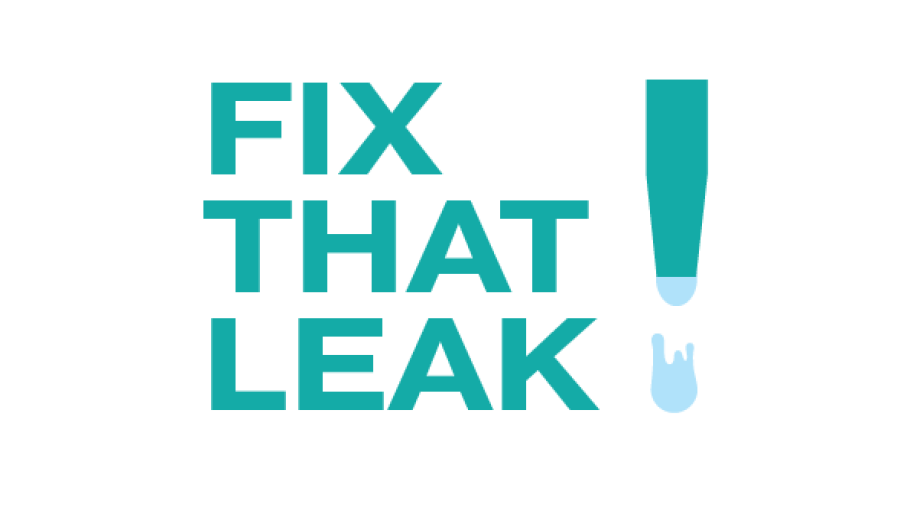

The Carbon Border Adjustment Mechanism (CBAM) is a tool that puts a price on certain carbon intensive goods entering the EU in order to encourage climate friendly industrial production. But here’s the problem: the CBAM, as it stands, is full of loopholes. If not fixed, it would undermine decarbonisation investments, accelerate deindustrialisation, favour production in third countries, and fail to cut global emissions.
Fair play for a fair transition
European steel producers are facing increasing carbon costs under the EU Emissions Trading Scheme (ETS), while competitors in third countries have been exempted from any carbon costs. The EU steel industry is leading the transition to green production, but cheap imports risk undermining that effort.
The CBAM can be a game-changer, but only if it’s designed right.
Right now, loopholes allow foreign producers to sidestep carbon costs, shifting emissions elsewhere instead of reducing them. Without fixing these flaws, the CBAM would fail to protect EU industry and could even accelerate deindustrialisation.
CBAM Toolbox: fixing the loopholes to prevent carbon leakage
The CBAM was designed to ensure fair competition and reduce global emissions, but loopholes threaten to undermine its effectiveness. Here’s how we can fix it:
Find out more details in our full fact-sheet available for download below.

Download this publication or visit associated links
A milestone occasion to quickly and effectively restore affordable electricity, to relaunch the
decarbonization and strengthen the international competitiveness of the European steel
industry.
Brussels, 02 December 2025 – Unchanged negative conditions – U.S. tariffs and trade disruptions, economic and geopolitical tensions, protracted weak demand and still high energy prices – continue to weigh on the European steel market. EUROFER’s latest Economic and Steel Market Outlook confirms for 2025 another recession in both apparent steel consumption (-0.2%, unchanged) and steel-using sectors (-0.5%, revised from -0.7%). A potential recovery is expected only in 2026 for the Steel Weighted Industrial Production index (SWIP) (+1.8%, stable) and for apparent steel consumption (+3%, slightly revised from +3.1%) – although consumption volumes would still remain well below pre-pandemic levels. Steel imports retained historically high shares (27%), while exports plummeted (-9%) in the first eight months of 2025.
Fourth quarter 2025 report. Data up to, and including, second quarter 2025